
After Qualcomm announced and detailed the brand-new Snapdragon 8 Gen 1 chipset, it didn’t take long for Android OEMs to confirm that they will slap the latest and greatest CPU in their smartphones. Here’s what you need to know.
Designed to be the go-to flagship smartphone chip over the next 12 months, it should come as no surprise that a host of manufacturers have jumped at the chance to tell everyone that they’ll utilize the Snapdragon 8 Gen 1 in their hardware.
While we can speculate about upcoming devices, even though Google’s Hiroshi Lockheimer appeared on stage at the keynote, the future for Pixel is Tensor across the board. The rest of the Android smartphone industry is still going to be adopting Qualcomm’s chips for the foreseeable future. A few vendors are trying to claim they will be the “first” to market with a Snapdragon 8 Gen 1 smartphone, but what matters more is just what devices we’ll see with it inside. Here’s the confirmed list so far:
Every upcoming device confirmed coming with Snapdragon 8 Gen 1:
Xiaomi 12 series
Chinese smartphone giant Xiaomi was the first third-party vendor to confirm that they will be using the latest chip during Qualcomm’s live-streamed keynote/unveiling. Last year the Xiaomi Mi 11 series was first to ship with the Snapdragon 888 series. This time around “Mi” has been dropped and Xiaomi hope that they can beat other players to the market with the Xiaomi 12 series.
[Update 01/05]: The Xiaomi 12 series has been launched with the smartphones touting 120W fast charging, the Qualcomm Snapdragon 8 Gen 1 chip plus a number of other enticing hardware features.
It’s important to note that this latest smartphone series consists of three different and distinct devices, the 12, 12x, and 12 Pro. The 12 and 12 Pro pack flagship specs, with the Snapdragon 8 Gen 1 processor, up to 12GB of RAM and 256GB of storage, and 5G.
Disappointingly, the Xiaomi 12 series is only available in mainland China, with pricing starting at CNY 3,199 for the 12x, CNY 3,699 for the Xiaomi 12, and CNY 4,699 for the 12 Pro. Pre-orders opened December 30, 2021, but expect to learn more details on a global release in the coming weeks.
[Update 12/21]: Xiaomi has confirmed that China will be the first market to see the new devices. The Xiaomi 12 launch event is set for December 28, but no details were shared upon global availability. We’re expecting two devices to pack in the Snapdragon 8 Gen 1 with some of the specifications of the Xiaomi 12 Pro rumored to include a 6.81-inch FHD+ display, a triple 50-megapixel camera setup, a 5,000mAh battery and potentially the inclusion of 100W fast charging.
[Update 12/23]: We now know that the Xiaomi 12 Pro is set to pack in a second-generation Samsung LTPO AMOLED display with micro-lens and micro-prism technology. This curved panel will feature a fully variable refresh rate from 1 to 120Hz with dynamic switching based upon on-screen content. One would hope that this will help conserve battery life by switching throughout the day and ensuring that only the content that needs to be at the full 120Hz is preserved.
Motorola Edge X30

[Update 12/10]: Motorola has now officially unveiled the Edge X30, which is the very first Android phone to come with the brand-new chipset — which is set to go on sale from December 15 in China. Joining the Qualcomm Snapdragon 8 Gen 1 chipset is 8/12GB RAM and 128/256GB of internal storage. The battery weighs in at 5,000mAh with fast-charging support at up to 68W.
At the rear of the Motorola Edge X30, there is a triple camera setup that consists of a 50-megapixel main sensor, 50-megapixel ultra-wide, and a 2-megapixel depth sensor. The selfie camera is said to be rated at a whopping 60-megapixels, but it’s unclear if the sensor is used for all versions of this device.
Pricing starts at just 3,199 yuan (~$502) for the 8GB/256GB model while the 12GB/256GB version will cost 3,399 yuan (~$533). The Motorola Edge X30 Special Edition is priced at 3,999 yuan (~$627). Both the Edge X30 and Edge X30 Special Edition are set to go on sale in China from December 15.
Another big player in the Android space to confirm during Qualcomm’s keynote was Motorola. We even have a proposed release date, as the Motorola Edge is set for a December 9 launch. It’s highly likely that this will be a China-only launch with Snapdragon 8 Gen 1 smartphones for western markets coming shortly afterwards.
Realme GT 2 Pro
[Update 01/05]: The Realme GT 2 Pro is now official and is the highest end Realme device ever unveiled. Of course, it brings with it the Qualcomm Snapdragon 8 Gen 1 processor but the spec sheet looks very enticing, to say the least.
The high-end Realme GT 2 Pro launch event showcased the 6.7-inch device complete with a slightly curved 120Hz QHD+ LTPO AMOLED display. Powering the screen is a combination of the Qualcomm Snapdragon 8 Gen 1 processor, 8/12GB of RAM, and 128/256/512GB of UFS 3.1 storage. While the battery capacity is capped at 5,000mAh with 65W fast charging supported here, too.
As we have previously mentioned it comes with that headline paper-inspired “bio-based polymer” which has been designed by Japanese industrial designer Naoto Fukasawa but it will be offered in a more standard matte glass back version.
The Realme GT 2 Pro also features one of the most impressive camera setups from the OEM with a 50-megapixel Sony IMX766 main sensor, 50-megapixel 150-degree ultra-wide, and a two-megapixel macro sensor included. The selfie camera is rated at an impressive 32-megapixels here, too.
As with many of the first wave of Snapdragon 8 Gen 1 smartphones, the Realme GT 2 duo is currently only availale in China, but Realme has confirmed that the GT 2 series will “debut in Europe soon”. Pricing starts at 3,899 yuan for 8GB/128GB up to 4,799 yuan for the 12GB/512GB version.
[Update 12/22]: After a strange soft-launch, the Realme GT 2 Pro is set to be “fully” unveiled during a January 4 keynote in China. The device was also showcased with a unique “bio-based polymer” design that is said to feel like paper to the touch. Bio-based polymers are materials that utilize renewable materials. In most cases, these materials are derived from plants.
The official renders show a drastically different design to the one shared previously that hinted at a design more akin to the Nexus 6P. It’s unclear at this stage if we may see a version of the Realme GT 2 Pro to adopt the visor-like design but Realme confirmed that the triple camera setup will include a 150-degree wide-angle camera for the first time on a smartphone.
[Update 12/14]: Despite information leaking out about the Realme GT 2 Pro, we didn’t know just when the device would come to market. It has been hinted at by Realme founder and CEO Sky Li that it will be unveiled on December 20, 2021. Following the launch of the Moto Edge X30, this would make the Realme GT 2 Pro the second such smartphone to hit Chinese stores with the latest chipset.
This recently leaked device looks like it will resemble the Nexus 6P with the protruding camera visor and soft metal curved backplate. It’s a follow-up to the impressive Realme GT, which was released in selected markets earlier this year.
According to the rumors and renders, we’ll see a flat 6.8-inch WQHD+ display with a 120Hz refresh rate, which will include 12GB of RAM, 256GB of UFS 3.1 storage, and it is set to be one of the first smartphones to be powered by the Qualcomm Snapdragon 8 Gen 1 processor.
Oppo Find X4/X5 Pro
Oppo has been steadily creating impressive Android devices in recent years and the revisioned and reimaging Find X series is one such example. The current generation is powered by the Snapdragon 888 and Oppo has now confirmed that the Find X4 will utilize the Snapdragon 8 Gen 1, as you’d expect.
[Update 01/14]: What are naming conventions when brands throw them right out of the window? Alas, it seems the next Oppo flagship could skip the Find X4 branding and jump right to X5 for reasons that we’re still not sure of.
Gripes aside, a supposed list of specifications for the “Oppo Find X5 Pro” have been shared by the normally pretty trustworthy Chinese leaker Digital Chat Station on Weibo (via Abhishek Yadav) and there seems to be a hint of OnePlus 10 Pro here.
It seems like the flagship will come with a 6.7-inch 120Hz LTPO display, 50-megapixel main camera, 50-megapixel Sony IMX766 ultra-wide and 13-megapixel tertiary sensor. The selfie camera is supposedly rated at 32-megapixels. It’s set to come with a 5,000mAh battery with 80W SuperVOOC charging support and 50W wireless charging.
This proposed spec sheet also lists the Qualcomm Snapdragon 8 Gen 1 chip and MariSilicon X NPU. Now it doesn’t take a detective to notice some very, very strong similarities between this spec sheet and the confirmed OnePlus 10 Pro internals. One would expect that the devices will share more than a little of the same DNA. However, we don;t yet know when the Oppo Find X5 Pro will come to market at this stage.
OnePlus 10 series
[Update 01/11]: The wraps have been officially taken off the OnePlus 10 Pro, which is now available in China with a global launch expected “globally later in 2022.” What’s interesting here is that the flagship OnePlus phone for 2022 will launch in the firms homeland running Android 12.1, while the rest of the world will see OxygenOS 12 atop ColorOS and Android 12.
Hasselblad tweaks continue with more in-camera modes including looks designed by photographers using the medium format camera brand. The “Serenity,” “Radiance,” and “Emerald” options have been calibrated by Hasselblad Ambassador Yin Chao and Hasselblad Masters competition winners Ben Thomas and David Peskens, respectively.
You’ll also be able to take 12-bit RAW images with 10-bit color video and LOG format recording also possible. The selfie camera is rated at 32-megapixel while the triple rear camera setup consists of a 48-megapixel main sensor, 50-megapixel 150-degree ultra-wide, and 8-megapixel telephoto zoom lens.
[Update 01/05]: We now know for certain that the OnePlus 10 Pro will definitely arrive with the Qualcomm Snapdragon 8 Gen 1 alongside a number of key improvements over the previous generation. OnePlus has officially confirmed that the next “Never Settle” flagship will launch first in China and is likely to come to other regions in the next few months.
The full spec sheet of the OnePlus 10 Pro contains very few surprises, but it is set to come with SuperVOOC charging rather than the Warp Charge. However, this is merely a name change as the technology has remained the same for a number of years at this stage. There’s also room for a 5,000mAh battery, a Hasselblad camera setup that consists of a 48MP main sensor, 50MP wide-angle and 8MP telephoto.
It will launch with Android 12 but in the ColorOS-OxygenOS hybrid that has been seen with the somewhat rocky release for OnePlus 9 series hardware at the turn of the year. For now the OnePlus 10 Pro is set to launch in China from January 11 and will be available in a matte black and pine green color.
Given OnePlus’ track record of Qualcomm chipset usage and the closer ties with Oppo, it is highly likely that the OnePlus 10 series will use the Snapdragon 8 Gen 1 chip. Rumors suggest the same with the OnePlus 10 Pro, an obvious candidate for Android’s highest-end processor.

[Update 12/22]: OnePlus CEO Pete Lau has teased that we will see the 10 series much earlier than anticipated in 2022. He took to the Chinese networking site Weibo to say “see you in January” with the hashtag #OnePlus10Pro. In the past, we’ve seen flagship OnePlus smartphones hit the market in March or April, so this would be a substantial release window shift.
iQOO 9 series
Limited availability stifles the reach of the iQOO brand but in certain regions the BBK-owned firm is providing impressive smartphones that offer great value and high-end specifications. The iQOO 9 and 9 Pro are the latest flagship smartphones to confirm usage of the latest Qualcomm Snapdragon 8 Gen 1 chipset.
The device duo has been officially unveiled in China with some notable differences between each specific model. There is the iQOO 9, which offers a 6.78-inch FHD+ 120Hz AMOLED display, Snapdragon 8 Gen 1 chip, 8/12GB RAM and 256/512GB storage. It includes a 50-megapixel main camera, 13-megapixel ultra-wide, and 12-megapixel 2x telephoto.
Stepping things up a little, the iQOO 9 Pro comes with a 6.78-inch QHD+ 120Hz AMOLED LTPO display, Snapdragon 8 Gen 1 processor, 8/12GB RAM, and 128/256/512GB storage. The camera setup is bumped here with a 50-megapixel main sensor, 50-megapixel ultra-wide, and 16-megapixel 2.5x telephoto zoom lens.
Both devices include 4,700mAh batteries with 120W wired fast charging included. On top of that, they will ship with OriginOS atop Android 12 pre-installed. One notable here is the inclusion of BMW-inspired designs which might prove popular with the car and technology enthusiasts out there.
Although currently limited to China, we could see the iQOO 9 series head to certain global regions including India in the not-too-distant future. Pricing starts at 4,799 yuan for the iQOO 9 and 4,999 yuan for the iQOO 9 Pro.
Smartphones expected to arrive with Qualcomm Snapdragon 8 Gen 1
Not all Android OEMs have publicly confirmed that they will be utilizing the latest Qualcomm chip in their upcoming flagship devices, though. However, given previous usage of Qualcomm chips in devices, it would be foolish not to expect Snapdragon 8 Gen 1 smartphones from the following vendors:
We’re expecting OnePlus 10 series smartphones to pack in the very latest Qualcomm Snapdragon 8 Gen 1 chip and a Hasselblad camera setup that continues the firms 3-year proposed partnership.
Samsung Galaxy S22 series
[Update 01/05]: No concrete evidence has been shared to confirm or at least allude to the usage of the latest Qualcomm chip in Samsung’s upcoming flagship lineup. However, we still expect that North American buyers will be offered a version that will be powered by the Snapdragon 8 Gen 1 throughout 2022 and beyond.
Official-looking renders have at least given us an idea of just what the Samsung Galaxy S22 series will offer come launch. The Galaxy S22 Ultra seemingly revives the dead Galaxy Note series with the addition of an S Pen.
While the rest of the world will likely see an internally developed Exynos processor, those in North American markets will undoubtedly get a Galaxy S22 with a Qualcomm chip. This divergence could mean that US buyers get the most powerful Samsung flagship yet again.
This post was first published on December 1, 2021 and updated on January 11, 2022.
FTC: We use income earning auto affiliate links. More.
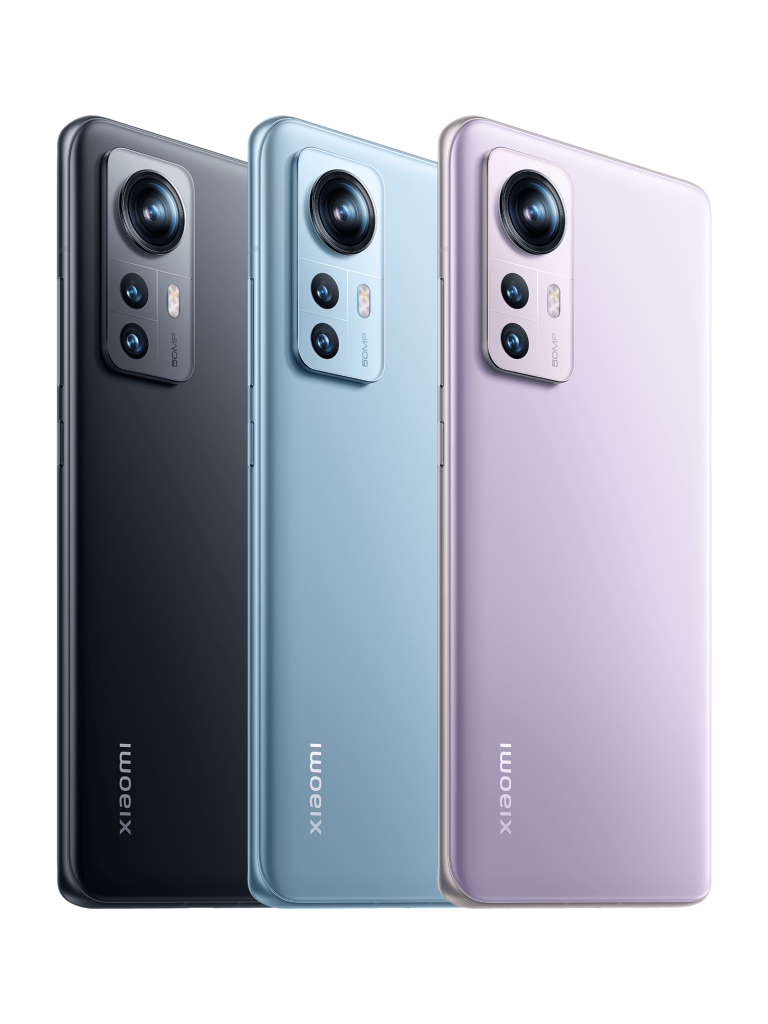
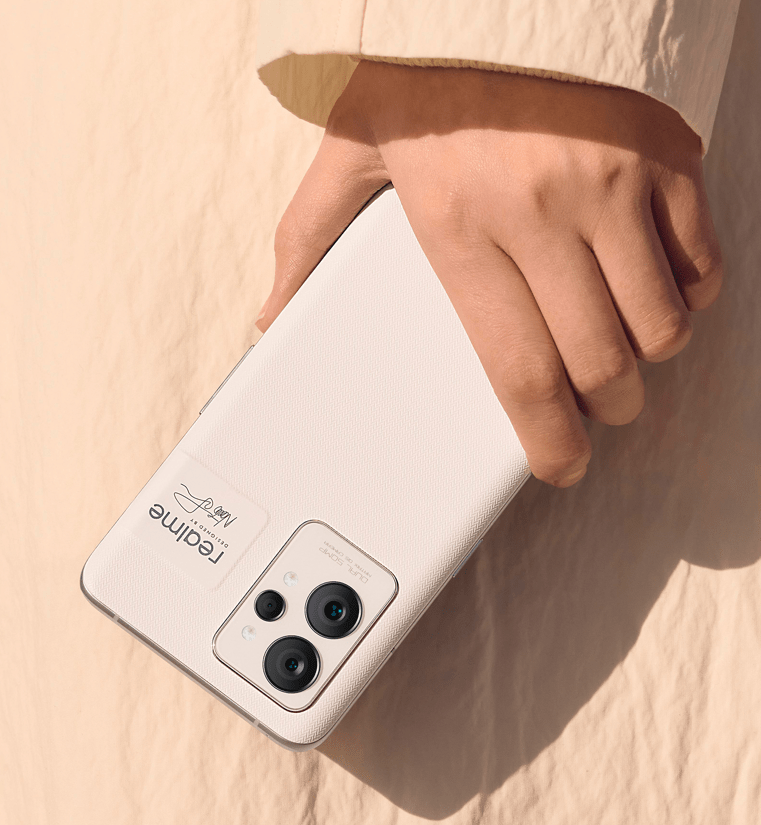
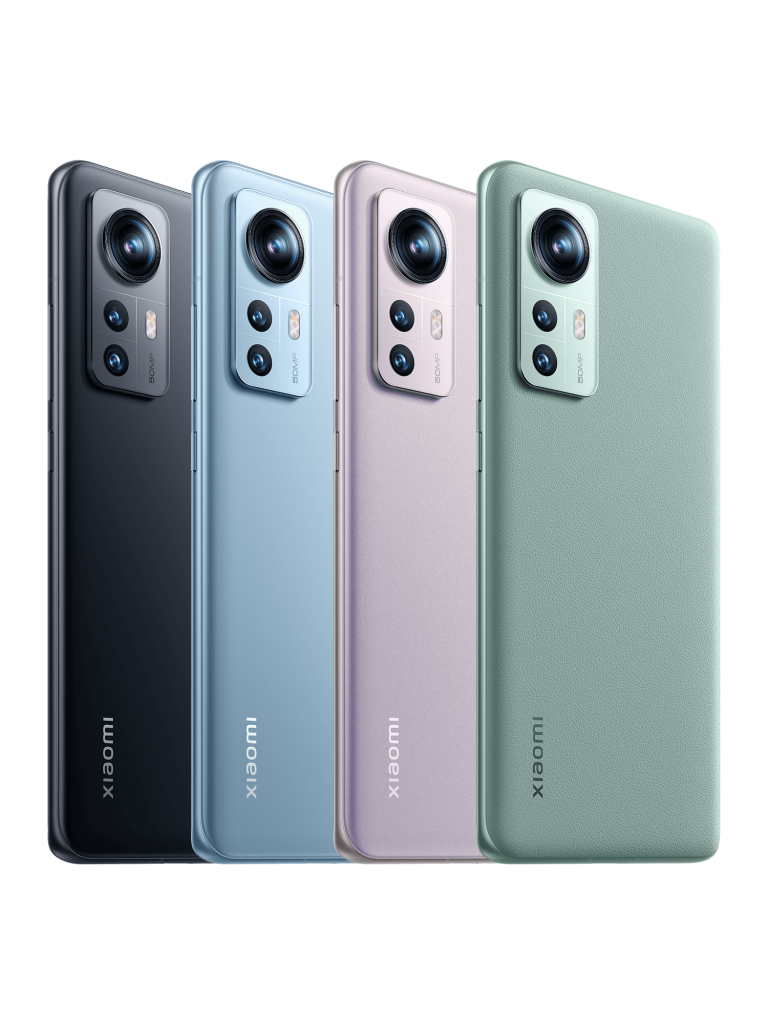




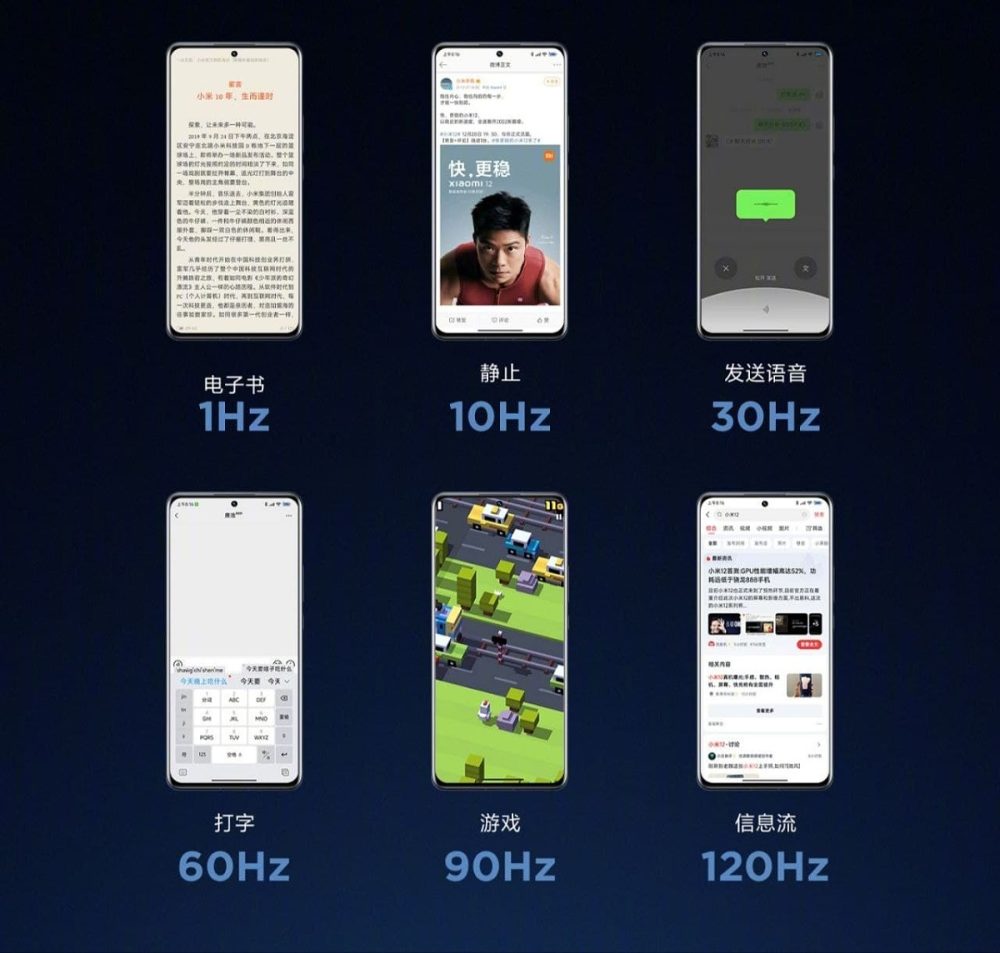
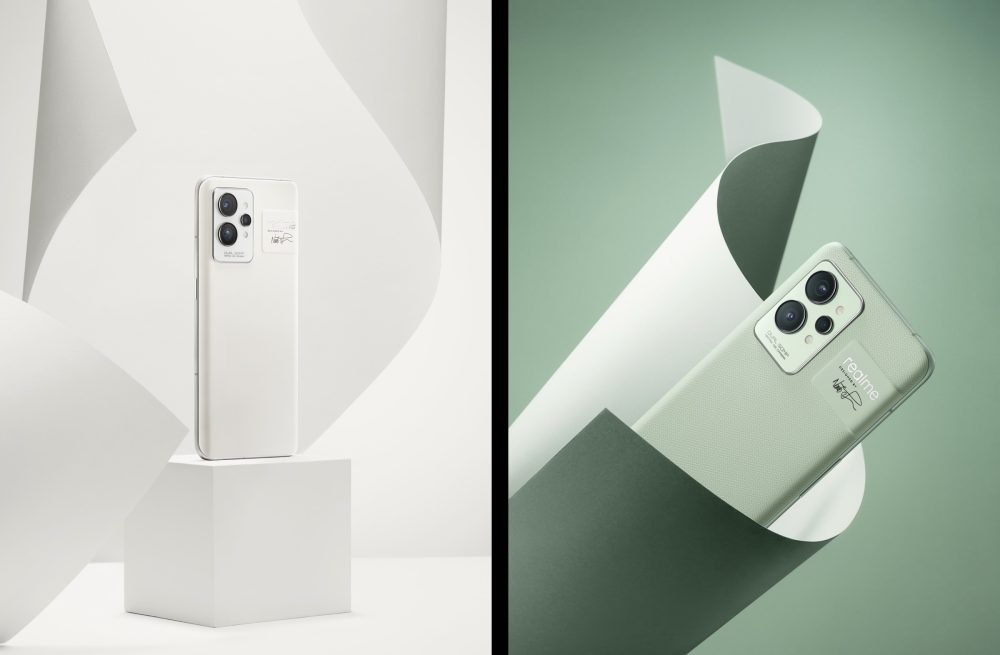
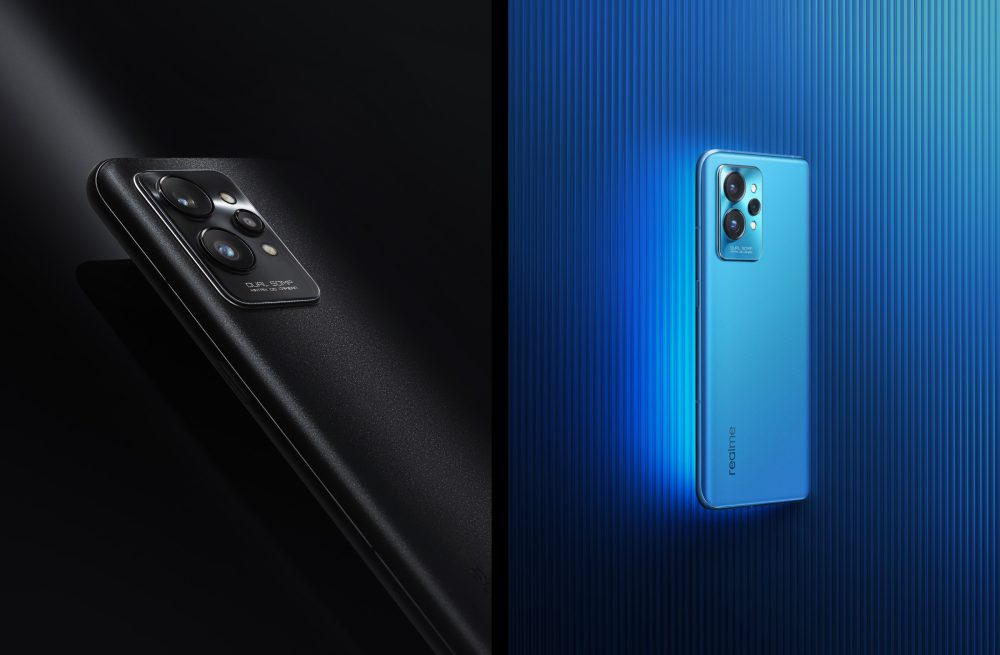
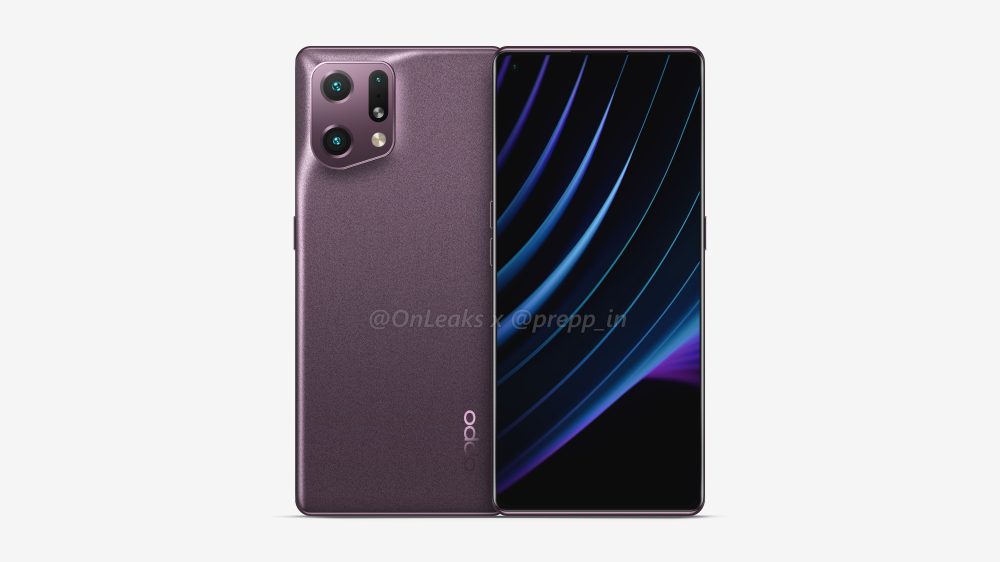
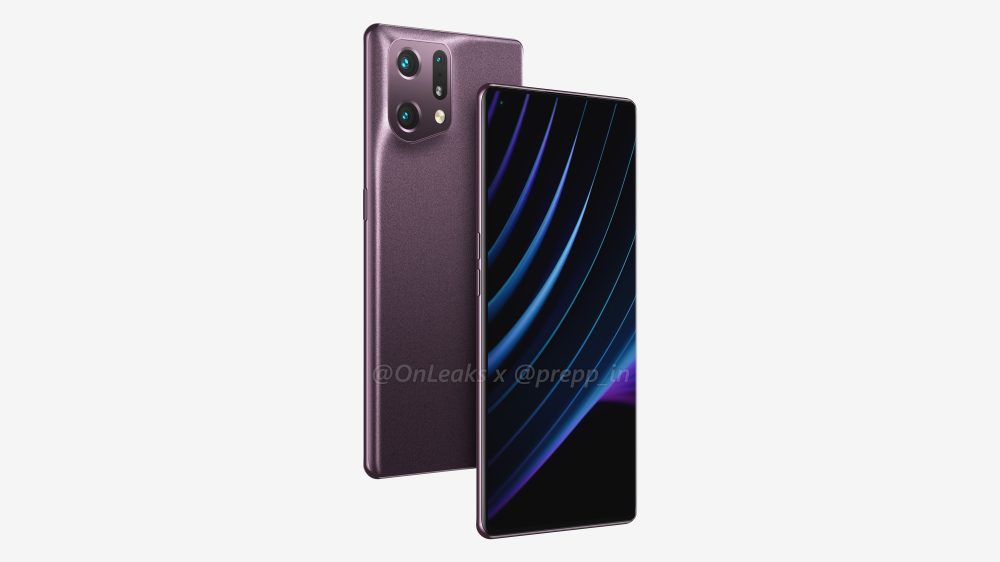
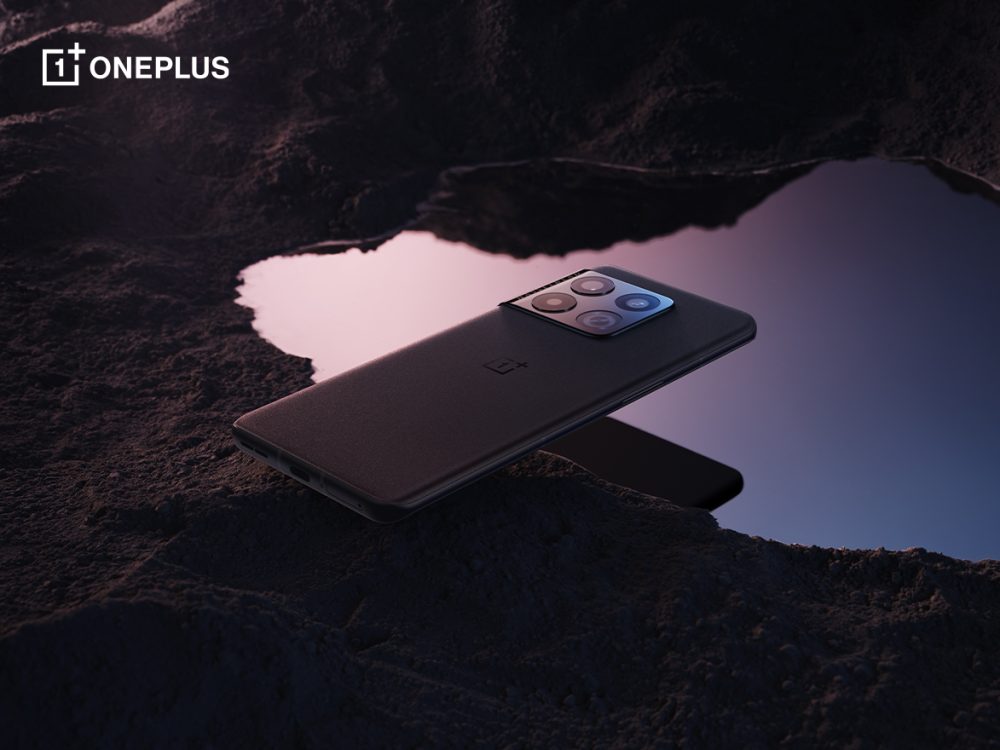
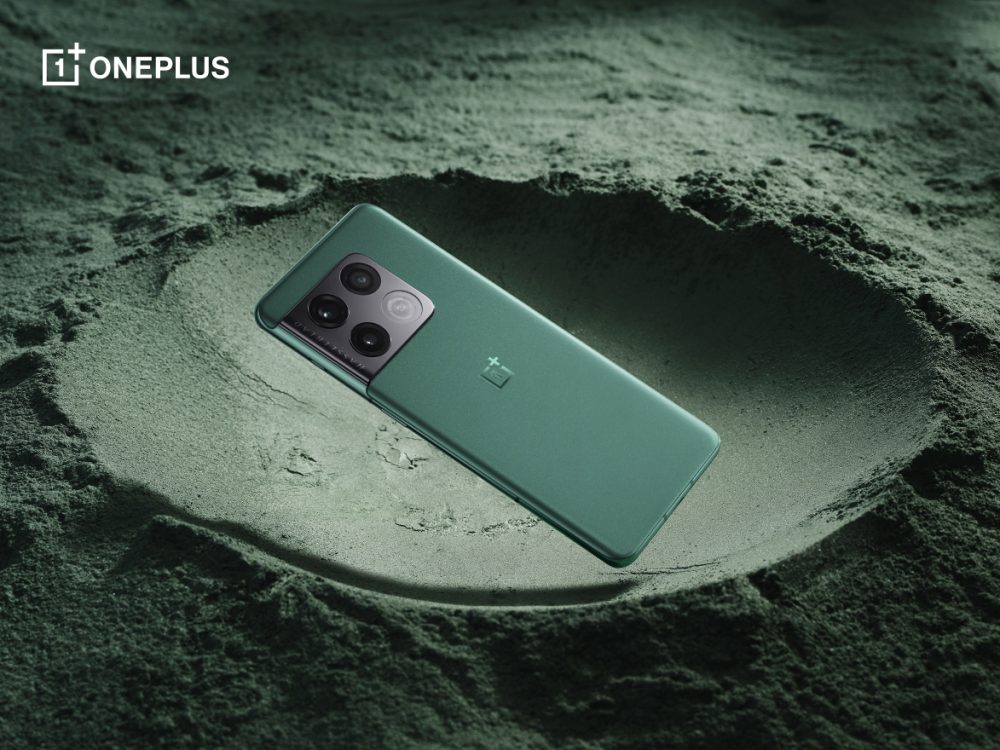
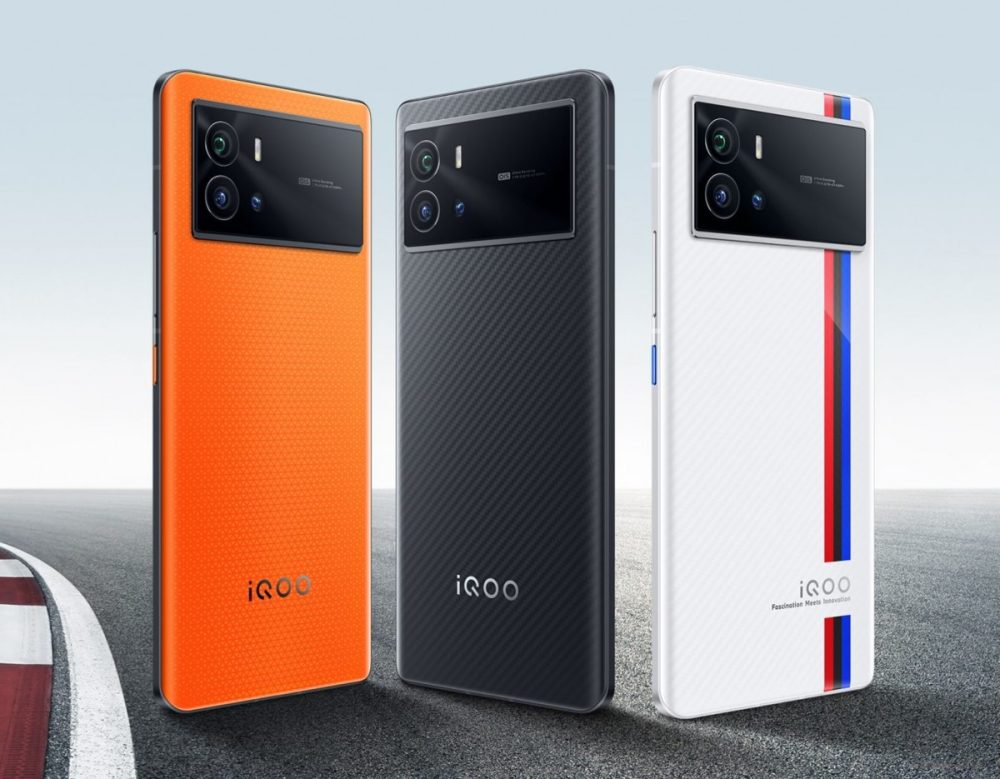

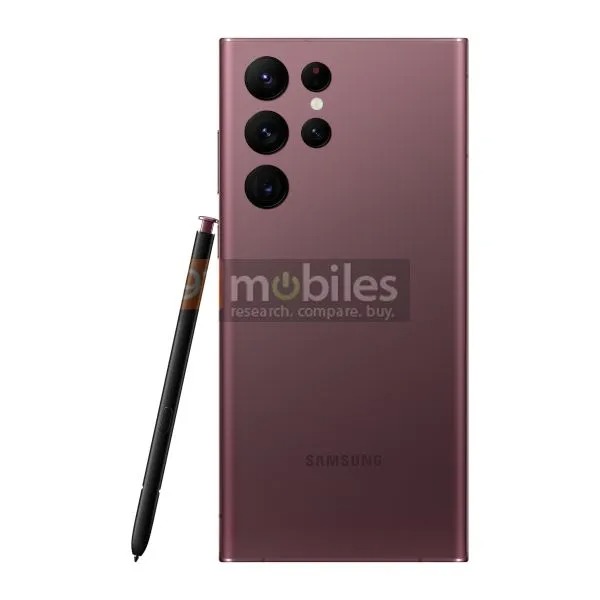
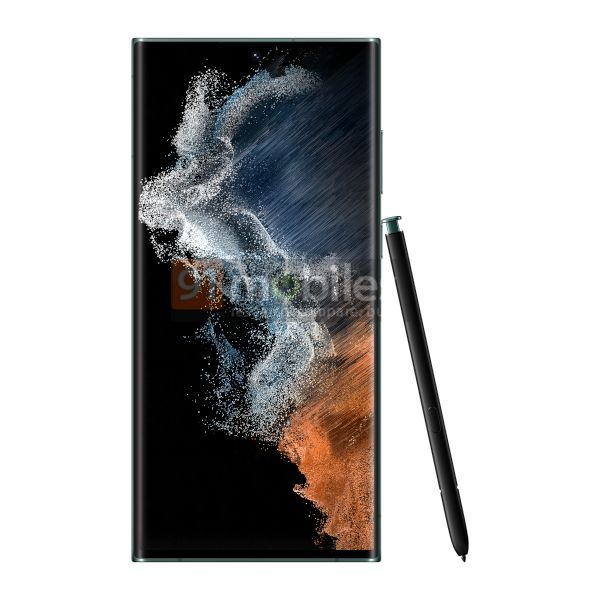

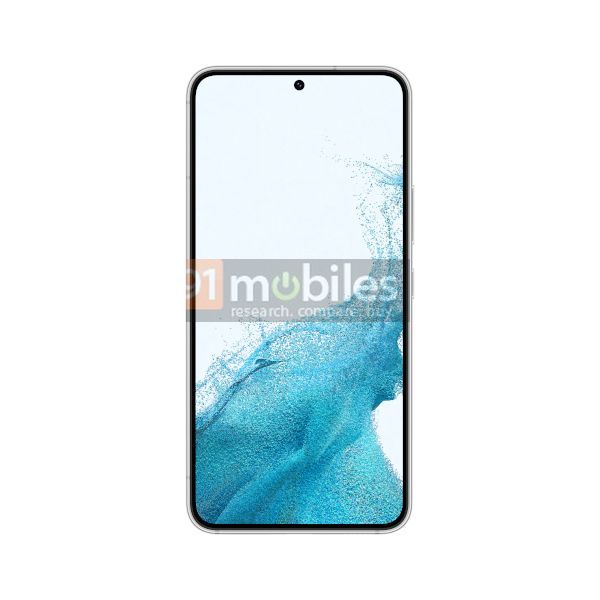





Comments